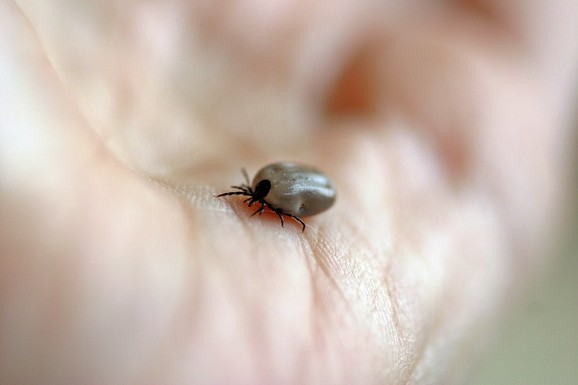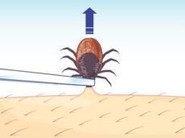
With lots of us making the most of the warm weather and spending longer outside, it’s important to remember to be aware of ticks as there are plenty of them around at the moment.
Ticks are small, spider like creatures that feed on the blood of animals, including
people. They can vary in size, from as small as a tiny freckle to a similar size to a baked bean!
Ticks can survive in many habitats, but prefer moist areas with leaf litter or longer grass like in woodland, glassland, moorland, healthland and some urban parks and gardens.
They don't fly or jump, they just wait on vegetation for an animal or person to pass by, and then climb on. They then bite and attach to the skin and feed on blood for several days before dropping off.
Most tick bites are harmless, but some do carry Lyme Disease, and it's during this feeding process that they can transmit pathogens.
That's why it's important to make sure you look and feel for ticks on you, your family and your pets after you've enjoyed outdoor activities and remove them promptly as evidence suggests the risk increases the longer a tick is feeding.
To remove a tick, use fine tipped tweezers or a tick removal tool - grasp the tick as close to the skin as possible and pull upwards slowly and firmly.
|
|
 |
You can try and prevent being bitten by ticks by walking on clearly defined path, using insect repellent that repels ticks and wearing light colour clothing so ticks are easier to spot on you.
And if you have been bitten, look out for early signs of Lymes Disease, which include mild-flu like symptoms including a fever, headache, fatigue and a bulls-eye rash.
If you feel unwell after being bitten by a tick, even when you don’t have a rash contact your GP or dial NHS 111 and remember to tell them you were bitten by a tick or have recently spent time outdoors.
There's lots of useful information in this leaflet from Public Health England.
|